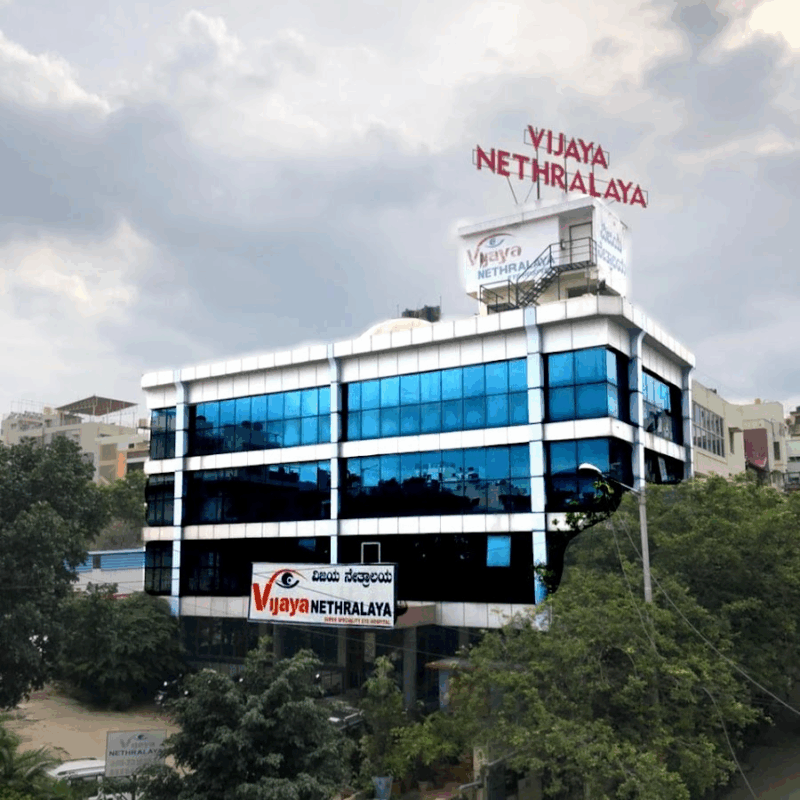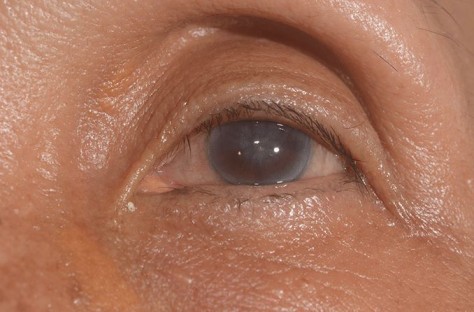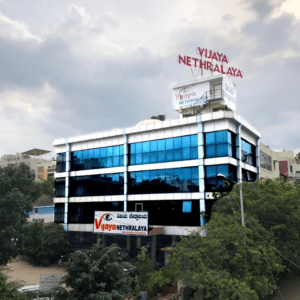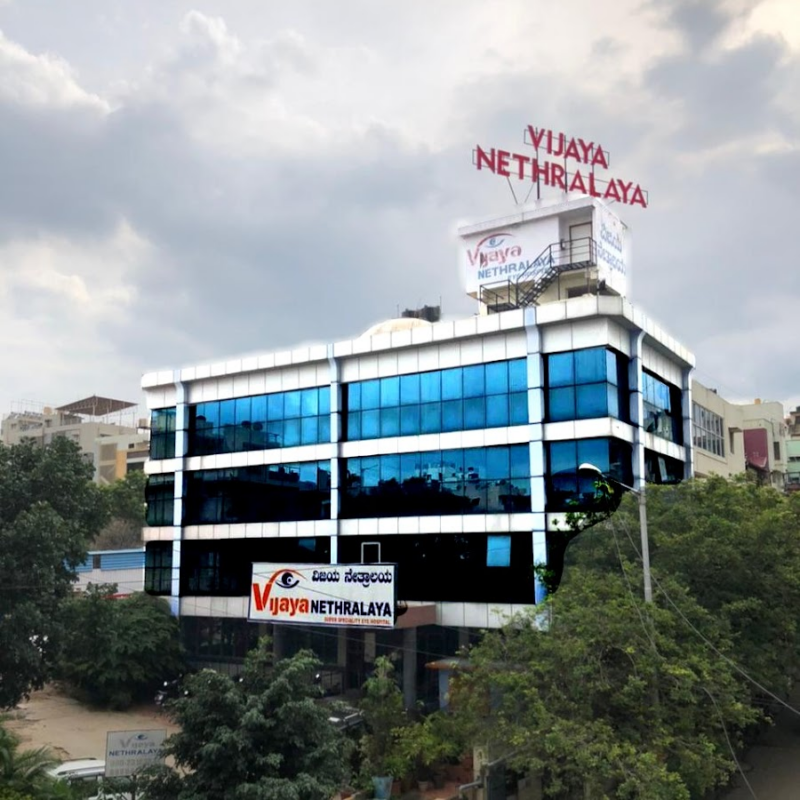Introduction:
In eye care, technological advancements have revolutionized diagnostic procedures, making early detection and precise measurements crucial for effective treatments. One such groundbreaking innovation is the Pentacam Scan, a non-invasive imaging technique that provides detailed insights into the structure and health of the cornea. In this article, we will explore the significance of the scan, its working mechanism, advantages, applications, considerations for choosing a provider, and cost factors, debunk common myths, share real-life experiences, and a glimpse into the future of this technology.
How Pentacam Scan Works:
Understanding the technology behind Pentacam Scan is essential for appreciating its diagnostic capabilities. Using a rotating Scheimpflug camera, Pentacam captures multiple images of the anterior segment of the eye. The collected data is then processed to create a 3D model, allowing for accurate measurement of corneal parameters. The entire procedure is quick, painless, and provides ophthalmologists with a comprehensive view of the eye’s internal structures.
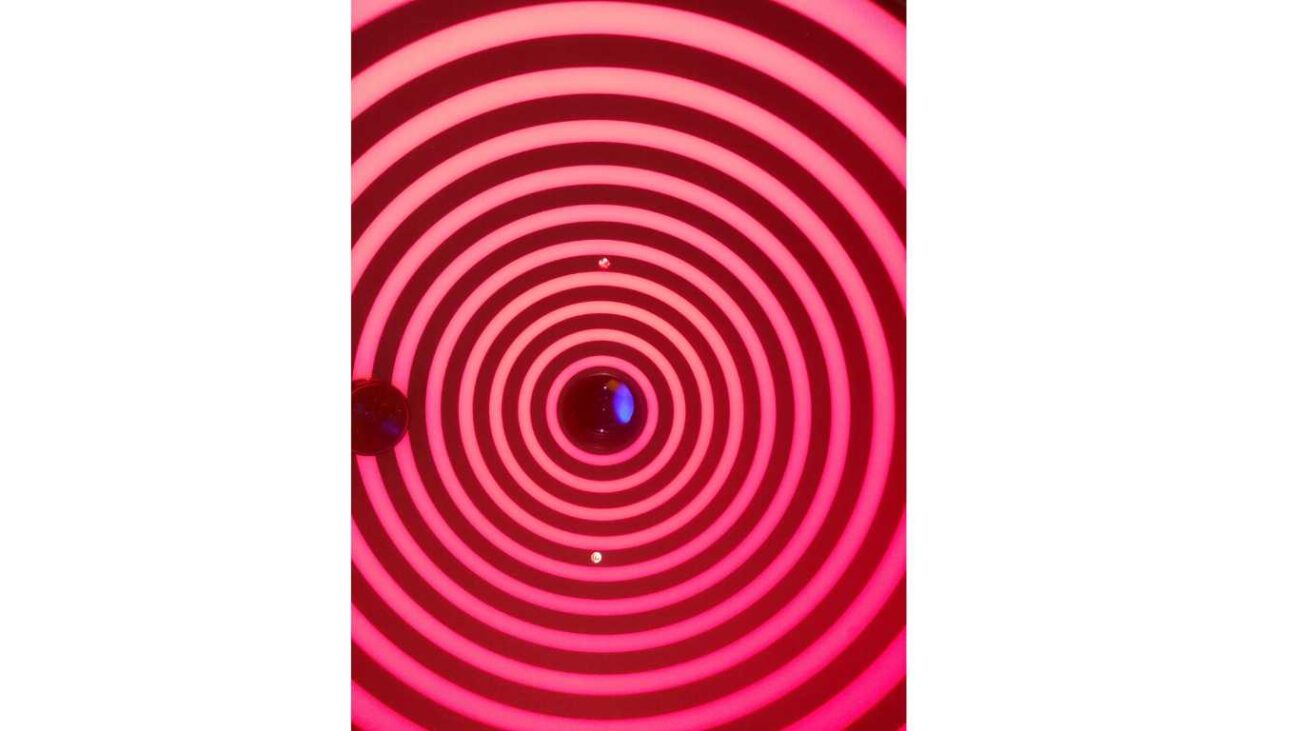
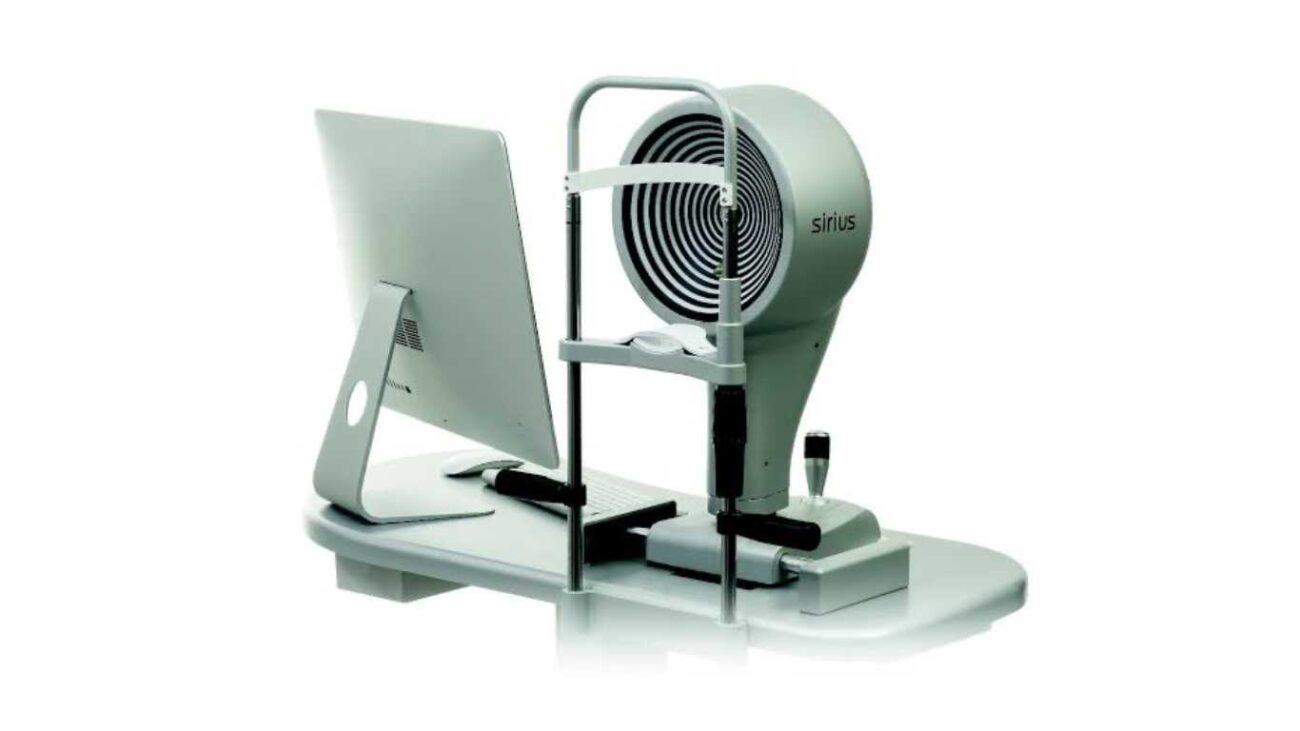
Principle of Pentacam:
The measurement principle of Pentacam is a combined device consisting of a slit illumination system and a Scheimpflug camera, which rotate together around the eye.The slit illuminates a thin layer within the eye because it is not entirely transparent; the cells scatter the light from the slit.
Advantages of Pentacam Scan:
The accuracy of this scan in measuring corneal thickness, curvature, and elevation maps is unparalleled. Beyond measurements, it plays a crucial role in the early detection of various eye diseases, including keratoconus and glaucoma. Additionally, this facilitates the customization of eye surgeries, ensuring optimal outcomes for patients undergoing procedures like LASIK or cataract surgery.
Applications of Pentacam Scan:
Pentacam Scan finds application in pre-operative assessments for refractive surgeries, enabling surgeons to plan procedures with precision. It also serves as a valuable tool for monitoring the progression of eye conditions over time, allowing for timely interventions. Surgeons ensure the success and stability of eye surgeries by actively conducting post-operative follow-ups.
Choosing the Right Provider:
Selecting a reputable Pentacam Scan center is crucial for obtaining reliable results. Researching available options, reading reviews, and consulting with experienced ophthalmologists are key steps in making an informed decision. The quality of the scan and the expertise of the healthcare professionals involved should take precedence over cost considerations.
Pentacam Scan Cost:
While cost factors in, one cannot overstate the importance of accurate diagnostics and reliable results. Factors influencing the cost of scan include the clinic’s location, equipment quality, and additional services provided. Choosing a provider based on quality rather than price ensures a more reliable and comprehensive eye health assessment.
Common Misconceptions about Pentacam Scan:
Dispelling myths surrounding Pentacam Scan is essential for encouraging its widespread adoption. Contrary to popular belief, this scan is not exclusively for those undergoing eye surgeries. It is a painless procedure, and with advancements in technology, it has become more accessible, debunking the misconception that it is an expensive diagnostic tool.
Real-life Experiences:
Patient testimonials and success stories showcase the real impact of the scan on individuals’ lives. Hearing about positive outcomes and successful treatments reinforces the trust in this advanced diagnostic tool, making it a preferred choice for many seeking comprehensive eye care.
Future Developments in Pentacam Scan:
As technology evolves, this is likely to see further enhancements in accuracy and efficiency. Advancements in imaging technology and data processing algorithms hold the potential to make this scan an even more indispensable tool for eye care professionals.
Author Details:
Dr. Sushruth Appajigowda holds a prominent position as a Cornea, Cataract, Glaucoma, and LASIK Surgeon in Bangalore. He serves as the chief Cataract and Refractive surgeon at Vijaya Nethralaya Eye Hospital, Nagarbhavi Bangalore. Renowned as one of the finest LASIK surgeons nationwide, he brings with him over 12+ years of experience across multiple LASIK platforms, including ZEISS, ALCON, SCHWIND, AMO, and Bausch and Lomb. Having successfully conducted over 5000 LASIK procedures, Dr. Sushruth holds the title of a Certified Refractive Surgeon and a Fellow of the All India Collegium Of Ophthalmology. Furthermore, he stands as a distinguished speaker at various National and International Forums, using his expertise to guide you in selecting the most suitable procedure based on your health requirements.
Conclusion:
In conclusion, Pentacam’s ability to measure and visualize the anterior segment is currently unsurpassed. It is an extremely versatile tool for a clinician and also provides immense scope
for research. This scan stands as a beacon of innovation in the field of eye care. Its non-invasive nature, accuracy in measurements, and diverse applications make it an invaluable tool for ophthalmologists and patients alike. Considering the benefits it offers, individuals concerned about their eye health should explore the option of undergoing a scan for a thorough assessment.
FAQs:
What is the duration of a Pentacam Scan?
The procedure typically takes around 10 to 15 minutes, making it a quick and convenient diagnostic tool.
Can anyone undergo a Pentacam Scan?
Yes, this scan is suitable for individuals of various age groups and is recommended for anyone seeking a comprehensive assessment of their eye health.
Are there any side effects of Pentacam Scan?
No, Pentacam Scan is a non-invasive and painless procedure, with no reported side effects.
How often should one get a Pentacam Scan?
The frequency of this Scan depends on individual health conditions and the recommendation of the attending ophthalmologist.
Is Pentacam Scan covered by insurance?
In many cases, Pentacam Scan may be covered by insurance, but it’s essential to check with your insurance provider to confirm coverage.







